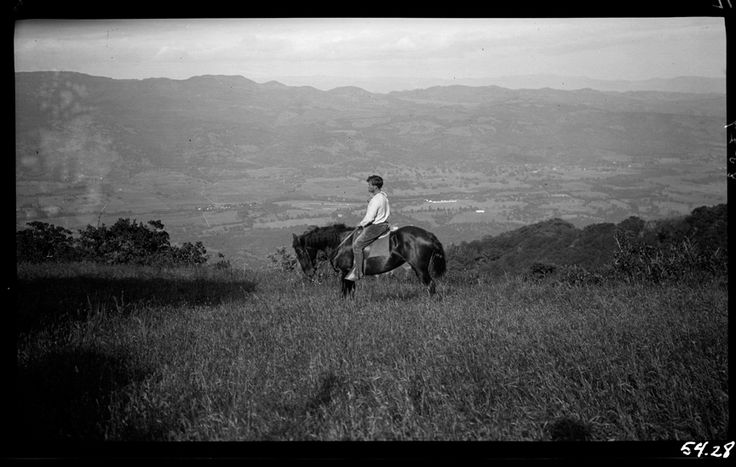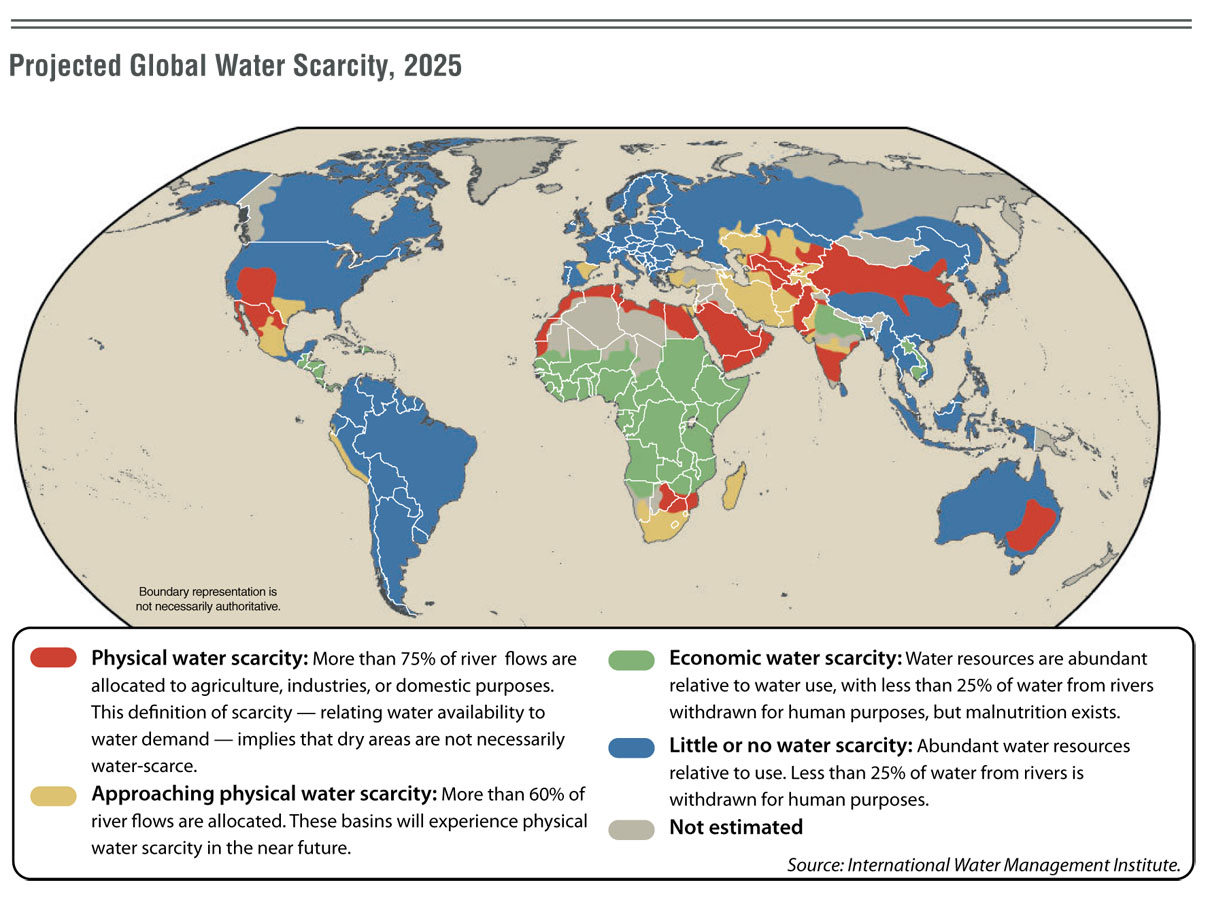 |
| The Konza Prairie, Kansas https://unsplash.com/photos/DS5kYa3PmZo |
Value
Value is a complex subject that encompasses several meanings. There is what we value, there are our personal values, and there is the value we place on things, to name but a few. I want to focus on a combination of these.
If it is true that big data is the way of the future, I suspect then that big data will have something to reveal to us about value and the nature of human beings. An image search of the term "value" will, once you have gotten past the infographics about the topic, produce images showing money, watches, cars, and gadgets. Our increasing reliance on big data hints at a notion of value: the more the better. Except when that's not the case. In some instances, it is the opposite, and we assign greater value as rarity increases. It all depends on what is being valued.
Perhaps, for this discussion, we need a definition of value, then. In my view, value stems from three main components: skill, scarcity, and utility.
→Skill
We tend to assign greater value to tasks or accomplishments that require more skill. This seems reasonable enough. Lionel Messi possesses a great deal of skill in soccer. He is subsequently compensated at a very high level: with money, fame, assumed credibility, etc. We take it in stride that possession and practice of such a skill can and should be compensated at a higher level than unskilled positions in the food service, waste management, or hospitality arenas, to name but a few.
But why does his immense skill on the pitch carry greater value than someone who is similarly skilled in a cognitively-demanding field such as dentistry? Each field undoubtedly has a vast array of methods, techniques, and baseline knowledge that must be mastered. To answer that question, we must examine the second component of the value equation.
→Scarcity
Not to harp on the professions of soccer and dentistry, but is mastery of one rarer than mastery of the other? I would argue that the answer is no. Soccer – and other skill-focused professions that place a premium on coordination, muscle memory, or athletic ability – may simply provide a more obvious arena for sussing out the highest levels of mastery than in cognitively demanding fields. So while mastery of soccer may in fact not be rarer than mastery of dentistry, it is easier to determine who is "better" at soccer than at dentistry.
Furthermore, soccer is fun. Dentistry is (generally) not considered to be so, at least not in the same way. People like to watch soccer, broadcasters subsequently pay for rights to show soccer matches to more and more people, advertisers join the fray, fans buy tickets, and the spoils of this vast machine cascade to the best and most popular players and teams. We prefer grand mountains to simple prairies, dramatic waterfalls to meandering streams, and large estates to humble abodes. Soccer is a grand mountain. Dentistry – and similar cognitively demanding fields – are simple prairies, associated with the day to day, and therefore, unremarkable. More on this later.
→Utility
Utility is where a wrench is thrown into the equation. It is doubtful that, if asked to rank the top one hundred most useful professions, any two people from a reasonable sample size would produce a list of the exact same order. Even producing agreement ranking the top ten most useful professions would be difficult.
However, we can reasonably hazard a guess that soccer would not be on that list, and dentistry would be. Dentistry has a much more direct, practical application to day to day life. It is necessary; soccer is not. Most jobs that we everyday people do are necessary. They fill a need to keep the world moving. Things like soccer – sports, in general – and other performance professions, are entertainment. They provide a diversion from the tedium of everyday life. In this sense, those everyday professions are far more valuable than something like soccer, even if that's not summarily represented by compensation.
The Disconnect
So what is missing from our equation? Is it impressiveness? Is it desirability of the job or action being performed? Remarkability? Perhaps it's this last one, remarkability. Remember the mountains and prairies comparison? In reality, neither mountains nor prairies are more unique or rare than the other. But mountains are usually looked upon with more awe than prairies because of their remarkability.
Humans live in a predominantly horizontal world, and so we are more attuned to something in the vertical plain. It catches our attention. The day to day jobs that you and I work are in the horizontal; jobs of athletes and entertainers are in the vertical. This seems to be a differentiating factor in determining subsequent compensation and interest. This may not be entirely consistent with the other factors influencing value, but it is understandable, dissectable.
Worth
Sometimes, however, we conflate value with worth, which is a problem. The vertical is no more "worthy" than the horizontal, any more than the mountain is more worthy than the prairie. This is why I chose a picture of the Konza Prairie in Kansas as the header of this post. Kansas (my home state) is often the subject of dismissal and disdain, usually regarding its lack of vertical features. But this in no way makes it "less than."
In a similar vein, you are of no less worth than someone else simply because you earn less or because the world values their dreams more than yours in a monetary sense. As complex as the notion of value can be, worth is even more so. Do not conflate the two, for we are all of equal worth, and, simultaneously, "all have sinned and fall short of the glory of God" (Romans 3:23 NKJV). Develop the components of value to your benefit and as you are able, but remember that we are all equal in a cosmic lens, even if that can be a difficult thought to maintain in the day to day.





